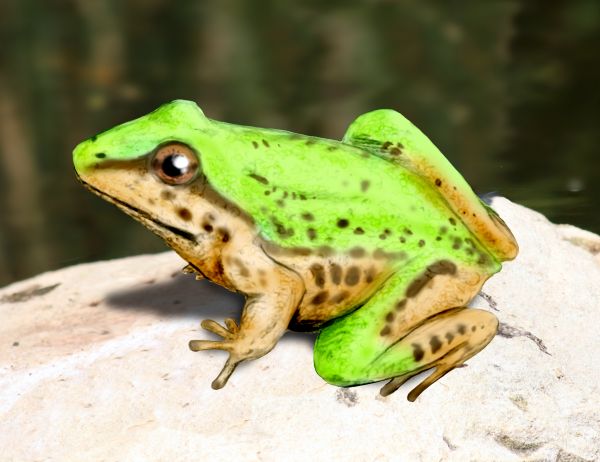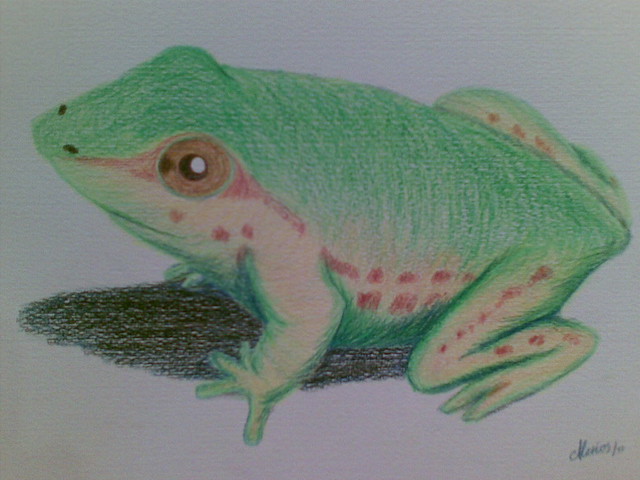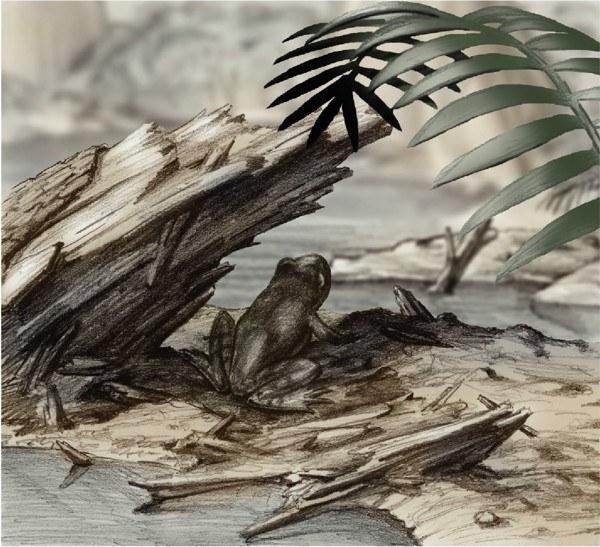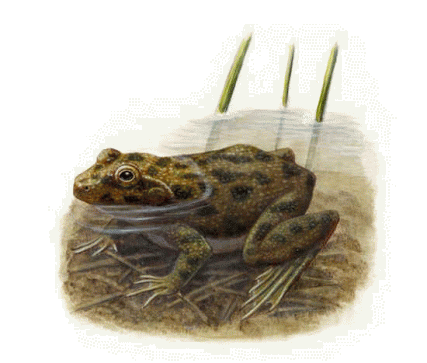[Recent Entries][Archive][Friends][User Info]
April 7th, 2012
| April 7th, 2012 | |
|---|---|
| 01:17 pm [industrialterro] [Link] |
Karaurus Караурус (Karaurus sharovi) — доисторическая саламандра поздней юры (оксфордиан-киммеридж) Казахстана. Останки обнаружены на берегу озера Каратау. Караурус достигал длины 20 см. Череп округлый, относительно большой. Ноги длинные, хвост укороченный. Возможно, жабры сохранялись и у взрослых особей. Караурус охотился на мелких водных беспозвоночных - улиток, червей, рачков и насекомых. Обитал в водной среде.
Tags: Вымершие амфибии, Хвостатые, Юра |
| Time | Event |
| 01:37 pm [industrialterro] [Link] |
Liaoxitriton Liaoxitriton is an extinct genus of prehistoric salamander from the Mesozoic of China. L. zhongjiani is from the Early Cretaceous (Barremian–Aptian) Yixian Formation. L. daohugouensis is from the late Middle Jurassic or early Late Jurassic Daohugou Beds.
Tags: Вымершие амфибии, Хвостатые, Юра |
| Time | Event |
| 01:55 pm [industrialterro] [Link] |
Notobatrachus Notobatrachus is an extinct genus of frog from the middle Jurassic Cañadon Asfalto Formation of Argentina. В поздней юре ископаемые остатки бесхвостых становятся более разнообразными таксономически и географически. Eobatrachus и Comobatrachus известны из Вайоминга (Соединенные Штаты), а Enneabatrachus из Вайоминга и Юры (Соединенные Штаты); все несколько похожи. Notobatrachus, из нескольких мест из Патагонии в Аргентине является одной из наиболее важных среднеюрских находок, потому что представлен полными сочлененными скелетами многих особей, включая молодых и полувзрослых. Это бесхвостое было крупным, достигая длины от рыла до ануса 5.7 дюймов (14.5 см). Оно имело несколько примитивных особенностей, включая свободные ребра у нескольких позвонков, слаборазвитый крестец, относительно короткий тазовый пояс и толстые, относительно короткие задние конечности. Это бесхвостое считается предком всех современных бесхвостых.
Tags: Бесхвостые, Вымершие амфибии, Юра |
| Time | Event |
| 02:03 pm [industrialterro] [Link] |
Prosalirus Prosalirus bitis is the name given to a fossil proto-frog found in Arizona in 1995, which has primitive features, but has mostly lost the salamander-like traits of its ancestors. It has a skeleton designed to absorb the force of jumping with its hind legs and tail. It is thought to have lived 190 million years ago, well before the first known modern frog, the Sanyanlichan. As of 2009, only three Prosalirus skeletons have been discovered.
Tags: Бесхвостые, Вымершие амфибии, Юра |
| Time | Event |
| 02:13 pm [industrialterro] [Link] |
Siderops Siderops is an extinct genus of chigutisaurid temnospondyl from Early Jurassic of Australia. It was recently argued that it should be reclassified as a brachyopoid. Сидеропс (Siderops kehli) из ранней юры Квинсленда достигал 3 метров в длину и до открытия кулазуха считался последним из темноспондилов. Эти огромные водные хищники в западной популярной литературе получили название «тритоны-убийцы» или «крокомандеры» («крокодилы-саламандры»).
Tags: Вымершие амфибии, Лабиринтодонты, Темноспондилы, Юра |
| Time | Event |
| 02:25 pm [industrialterro] [Link] |
Vieraella Vieraella is an extinct genus of frog from the Jurassic period of Argentina, and the oldest true frog known. Despite living around 200 million years ago, Vieraella was anatomically very similar to modern frogs. For example, its hind legs were adapted for jumping, and the skull already possessed the lattice-like form found in modern species. It was, however, an unusually small frog, measuring only 3 centimetres (1.2 in) in length. Although older frog-like creatures are known, such as Triadobatrachus, these possessed many primitive characteristics, and cannot be said to be "true" frogs.
Tags: Бесхвостые, Вымершие амфибии, Юра |
| Previous Day | 2012/04/07 [Archive] |
Next Day |


















